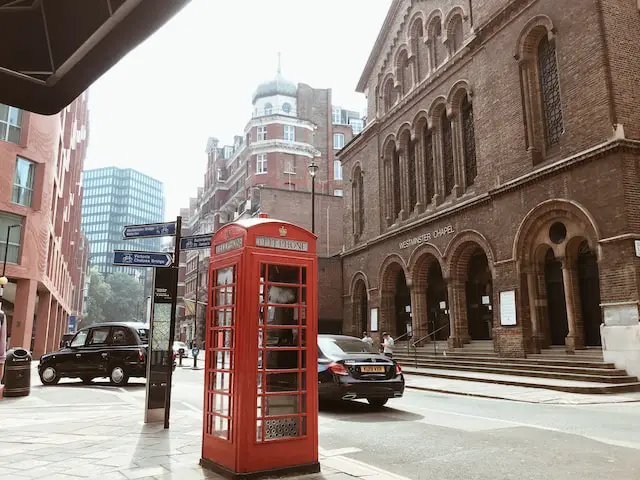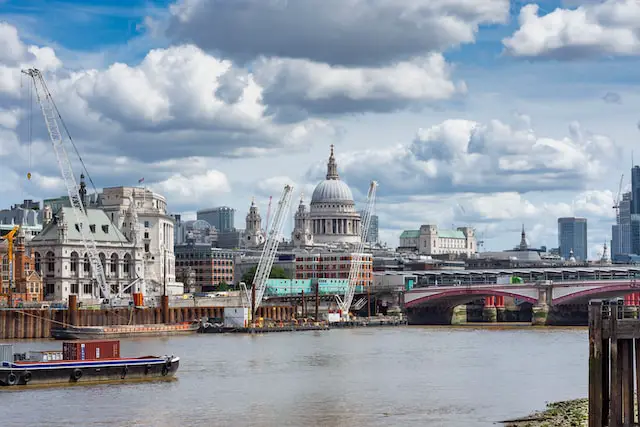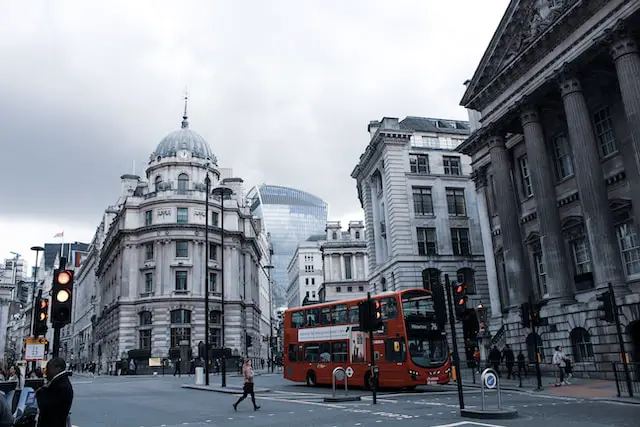The cost of living is a fundamental consideration for many when choosing where to reside. Both London and the United States are prominent places, often pitted against each other when it comes to living expenses. But is living in London cheaper than living in the U.S.? Let’s dive deep into a comparative analysis.
- Currency and Economic Overview
Before initiating the comparison, one must consider currency differences. As of September 2021, the British Pound (GBP) is stronger than the U.S. Dollar (USD). However, the currency exchange rate fluctuates. This difference plays a vital role in influencing the perceived costs for foreigners. - Housing and Accommodation
London: Known for its high real estate prices, renting a flat or house in London, especially in zones 1 and 2, can be costly. For instance, a one-bedroom flat in Central London might cost anywhere from £1,200 to £2,500 per month, depending on the area and the level of luxury.
United States: Housing costs vary dramatically in the U.S. A one-bedroom apartment in Manhattan could cost between $2,500 to $4,000, while in cities like Dallas or Phoenix, the same might be available for $1,000 to $1,500.

- Transportation
London: With an extensive public transport system including the Underground, buses, and trains, transportation in London can be efficient, though not always cheap. An average monthly travelcard (Zones 1-3) costs around £160. However, many opt not to own cars due to congestion charges and parking woes.
United States: Public transport infrastructure varies. Cities like New York or San Francisco have robust systems, while others necessitate owning a car. The cost of gasoline, insurance, and maintenance can add up.
- Food and Dining
London: The cost of groceries in London can be slightly higher than in many U.S. cities. Dining out is also pricier, with an average meal at a mid-range restaurant costing £40-60 for two people.
United States: Grocery costs differ depending on the state and city. Dining out in an average U.S. city might cost between $40 to $70 for two.
- Healthcare
London: The National Health Service (NHS) provides publicly funded healthcare. Most services are free at the point of delivery, but there may be waiting times for non-urgent procedures.
United States: Healthcare in the U.S. is mainly private and can be expensive without insurance. Even with insurance, co-pays and deductibles can be substantial.
- Education
London: State-funded schools are free. However, private schooling and universities can be expensive, with tuition fees averaging £9,250 per year for domestic/EU students as of 2023.
United States: Public schooling is free, but university education varies. It can range from $10,000 to $50,000 per year, depending on whether the institution is public or private and in-state or out-of-state.
- Leisure and Entertainment
London: Theatre tickets, cinema passes, and memberships to fitness clubs or recreational facilities can be on the higher side. A gym membership might cost £40-£80 a month.
United States: Similar to London, costs vary. On average, a gym membership might be between $30 to $70, but this varies widely based on the facility and city.

- Miscellaneous Expenses
London: Services like internet, mobile plans, and utilities might total up to £150-£250 per month.
United States: These costs might range from $150 to $300, depending on usage and location.
The question of whether London is cheaper than the U.S. isn’t straightforward. While certain aspects of living, like healthcare, might be more affordable in London, others, such as housing, can be substantially pricier. The U.S., being vast, has a wide cost range depending on location, making some cities more affordable than London and others more expensive.
It’s essential to factor in individual needs, lifestyle choices, and the specific locations being compared. Moreover, personal income, job opportunities, and quality of life should also be considered, as the nominal costs might not reflect the real value derived from living in either location.
In essence, while London offers a cosmopolitan lifestyle steeped in history and culture, the U.S. provides diversity in climate, lifestyle, and cost. Your preference between the two would depend largely on personal priorities and what you value more in your daily life.
- Taxation and Earnings
London: The UK has a progressive income tax system, where the more you earn, the higher percentage you’ll pay in tax. As of 2023, the personal allowance – the amount you can earn tax-free – is £12,570. Above this, tax rates vary from 20% to 45% depending on income brackets. Additionally, the VAT (Value Added Tax) in the UK is 20% and is included in the price of most goods and services.
United States: The U.S. federal income tax system is also progressive, with rates ranging from 10% to 37%. However, individuals must also consider state taxes, which vary. Sales tax is not included in the listed price of goods and services and can range from 0% to over 9% depending on the state.
- Work Opportunities and Salaries
London: London boasts a dynamic job market, especially in sectors like finance, tech, and media. The average salary, as of 2023, was around £30,000 to £40,000, but this can vary significantly based on the industry and job role.

United States: The U.S. offers a diverse job market across its 50 states. Average salaries can be comparable or even higher than London in sectors like tech, especially in hubs like Silicon Valley. However, regions with lower costs of living might also have correspondingly lower average wages.
- Quality of Life
London: Despite the high costs, many residents love London for its rich history, cultural diversity, and world-class amenities. The city’s parks, museums, theaters, and landmarks offer unparalleled recreational opportunities.
United States: The quality of life in the U.S. varies widely based on the location. Urban centers like New York City or San Francisco offer cultural amenities similar to London, while suburban or rural areas provide different lifestyles, often with more space and natural beauty.
- Future Economic Considerations
Both London and the U.S. face economic uncertainties. Brexit’s implications for London and the UK economy remain to be fully realized. In contrast, the U.S. grapples with political divisions and discussions around healthcare reform, taxation, and more.
When determining whether London or a location in the U.S. is cheaper to live in, one must go beyond the surface-level numbers. Consider not only the tangible costs but also intangible factors like work-life balance, cultural engagement, social connections, and overall well-being.
Ultimately, the decision will hinge on individual circumstances, priorities, and personal preferences. It’s beneficial to spend time in both locations, if possible, to gain a firsthand perspective before making a long-term decision. Both London and the U.S. offer a plethora of experiences, opportunities, and lifestyles, each uniquely rewarding in its own right.














